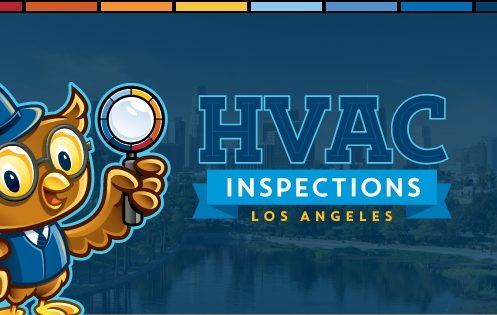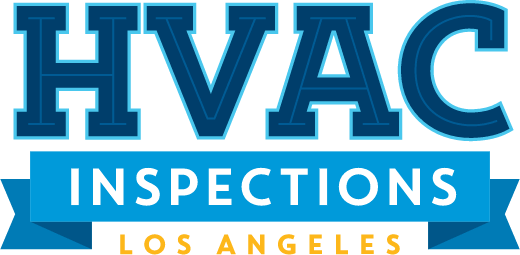Fight Climate Change + Save Money
After the Inflation Reduction Act invested an unprecedented $369 billion in clean energy and energy efficiency, you might be rethinking that old gas stove. Or even giving that electric vehicle you were interested in a serious second look.
Hey, it makes sense. Tens of billions of those federal dollars go toward consumer tax credits and rebates on climate-friendly purchases, making it easier for you to ditch the fossil fuel offenders in your life. To help make the most of the opportunity, we’ve laid out how much you can save and what’s covered.
Clean energy systems for your home (think solar!)
An expansion of a soon-to-expire solar tax credit helps make home renewable energy more affordable for more people. You’ll get 30 percent back on what you pay for a new household clean energy system—like solar, wind, or geothermal systems that produce electricity or heating—as well as other associated costs. And there’s no cap on the total, so spend $5,000 or $50,000 and you still get a 30 percent tax credit.
Other sustainable home improvements (think heat pumps!)
Whether you’re making low-tech, climate-friendly home renovations or taking on hefty electrification projects, you stand to benefit from the new law. And many of those benefits are intended for low- and moderate-income households. If you’re unsure what your house needs, the law also offers a 30 percent tax credit, up to $150 per household, for a home energy audit. (Keep in mind that the rebate programs below are run by states and likely to start at different times.)
- The Energy Efficient Home Improvement Credit now offers 30 percent back (up to $1,200 per year) for energy-saving renovations, like installing efficient electric appliances or swapping out exterior windows for ones that better insulate. It also ups the annual tax credit cap to $2,000 per year for certain big-ticket appliances, like über-efficient heat pump air conditioners and heat pump water heaters.
- The HOMES (Home Owner Managing Energy Savings) Act rebate program can get you as much as $8,000 back on the cost of renovation projects that shrink your overall home energy use.
- The High-Efficiency Electric Home Rebate Act offers low- to medium-income families as much as $14,000 per year in point-of-sale discounts for electrification projects.
Your EV moment
The climate law renewed the $7,500 clean vehicle credit for new electric vehicles (EVs), which was set to expire at the end of this year; it also added a 30 percent tax credit (capped at $4,000) for used EVs, which will help make clean transportation accessible for more drivers. Starting in 2024, you can transfer these credits to a dealer, which allows for a point-of-sale discount rather than waiting until tax season.
But there are some asterisks. The final assembly of new vehicles must take place in North America in order to qualify for this credit, and some additional requirements for mineral and battery sourcing will phase in next year. Since existing supply chains can’t all comply with these provisions just yet, we’ll see a temporary dip in the number of qualifying new vehicles while automakers and downstream manufacturers scale up U.S. production.
For the nitty-gritty on who qualifies, plus when and how to access the funds, check out our full Inflation Reduction Act consumer guide.






